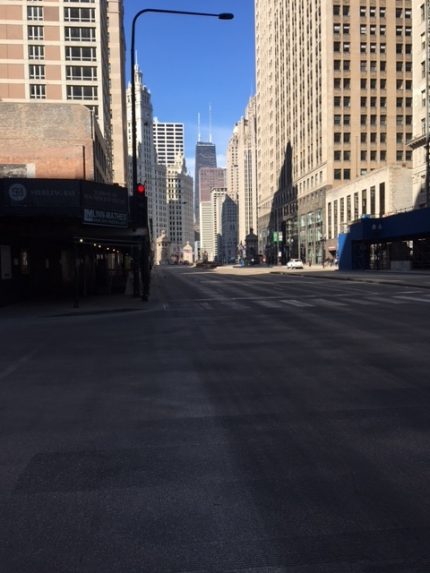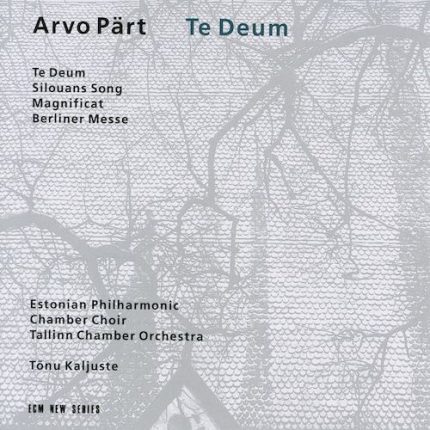Ten Recordings to get you through the shutdown (Part II)

Two weeks ago I posted the first installment of Ten Recordings to get you through the Covid-19 shutdown. Today brings Part II with five more recommendations. Once again, this is not the Best or Greatest of anything—just ten favorite recordings that seem to either reflect this fraught time or provide some degree of peace and consolation.
Schubert: Piano Sonata in B flat, D.960. Stephen Kovacevich, pianist (EMI).
If any music seems to embody the intense emotions and potential mortality of the moment, it is Schubert’s Piano Sonata in B flat major, D.960. Written two months before his death at 31, Schubert’s final sonata is a bleak masterpiece, a work of pensive lyricism and fateful darkness. A sense of existential dread dominates, as with the ominous bass tremolos that continually derail the opening movement’s main theme. Even in the more optimistic bustle of the final movement the shadows are rarely far away.
All the power and expressive variety of this music are communicated unsparingly in Stephen Kovacevich’s clear-eyed yet poetic performance, which provides an unblinking look into the abyss.
Bach: Partita No. 3. Partita No. 2. Sonata No. 3. Hilary Hahn, violinist (Sony).
Hilary Hahn’s debut recording gave notice of the arrival of a major talent, borne out by the American violinist’s subsequent successful career over the past two decades. She has since made many fine recordings, yet this first disc devoted to Bach—recorded at age 16-17—remains among her most treasurable.
From the opening notes of the Preludio of the Partita No. 3, there is a fresh youthful spirit with a palpable joy of discovery. Slow movements are expressive yet unsentimental, dance movements graceful and buoyant. Her technical gleam and contrapuntal clarity would be impressive even for a seasoned artist. Yet more impressive still is the teenage violinist’s degree of artistic maturity. In the Second Partita, Hahn rises to the challenge of the epic Chaconne with great poise and purity of tone in a compelling interpretation. Note: Hahn completed the set of Bach’s six solo works in 2018 for Decca.
Diamond: Symphonies Nos. 2 & 4. Gerard Schwarz/Seattle Symphony (Naxos or Delos).
There is no shortage of 20th-century American composers whose works are long overdue for rediscovery. Yet none remain more unjustly neglected than the prolific David Diamond (1915-2005). His output included eleven symphonies, three violin concertos and concertos for cello, piano and flute, as well as a wealth of chamber music including ten string quartets,
Diamond’s wartime Second Symphony (1942-43) stands high among the great American works in the genre. The work opens with a majestic slow movement (Adagio funebre) that moves from tragedy to achieving a hard-won, uneasy peace. The second movement presents a restless and turbulent Allegro, and the heart of the symphony is a vast 14-minute elegy, imbued with Diamond’s characteristic mix of hope and sadness. All darkness is cast off in the exuberant finale, cast in Diamond’s driving, rhythmically charged vein. The Fourth Symphony is a more compact work yet no less effective in impact, with an Adagio-Andante that plumbs a striking expressive depth in just five minutes.
These superb and idiomatic performances by the Seattle Symphony are led by Gerard Schwarz, our leading Diamond advocate. Note: If you can run down the original Delos recording, it includes a substantial bonus in Diamond’s engaging Concerto for Small Orchestra, played by the New York Chamber Symphony.

Arvo Pärt: Te Deum. Silouans Song. Magnificat. Berliner Messe. Estonian Philharmonic Chamber Choir; Talinn Chamber Orchestra; Tõnu Kaljuste, conductor (ECM).
Over the last two decades Arvo Pärt’s music seems to have lost some of its high profile compared to the 1990s and aughts when the Estonian composer’s distinctive brand of spiritual minimalism was inescapable.
Yet Pärt’s brand of spare, monastic music seems well-suited to the present moment, its tintinnabulatory style and stripped-down modal harmonies offering comfort for believers and skeptics alike.
This recording spotlighting two large-scale choral works is a fine entry point to Pärt’s music. The luminous singing of the Estonian Chamber Choir is imbued with characteristic “Northern” purity in the Te Deum. The Berliner Messe (Berlin Mass) is even more haunting, an austere, unearthly work, atmospherically recorded and directed with consummate sympathy by Tõnu Kaljuste.
Shostakovich: Preludes and Fugues, Op. 87. Tatiana Nikolayeva, pianist (RCA). Composer (various).
Dmitri Shostakovich’s 24 Preludes and Fugues—modeled after Bach’s Well-Tempered Clavier—is one of the Russian composer’s greatest and most individual achievements. Yet even now when his music is a concert-hall mainstay, Shostakovich’s Op. 87 remains relatively little known and rarely performed.
Composed in 1950 at a time when his public works were under heavy scrutiny by the Soviet cultural apparatchiks, the Preludes and Fugues remain an outlier. Shostakovich poured his private thoughts into this two-and one-half hours of music, exploring a remarkable range of expression and variety in an outwardly rigorous form. For many, the Preludes and Fugues are the richest, most personal and, often, the most beautiful of all of Shostakovich’s music.
It was the Bach playing of Tatiana Nikolayeva that inspired this music and the middle of her three recordings is the safest best. Though they’ve been in and out of the catalog on a variety of labels, Shostakovich’s own recordings are a fascinating historical document and worth hunting down. What the composer’s playing sometimes lacks in polish, it more than makes up for in authority and intensity. His blistering performance of the set’s summit—the Prelude and Fugue No. 24 in D minor—builds the climactic four-part fugue to a coda of massive power and angry defiance.